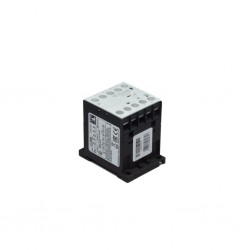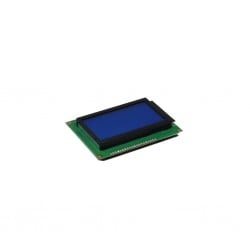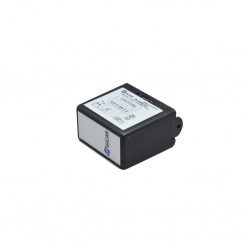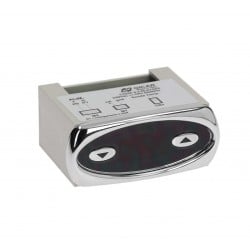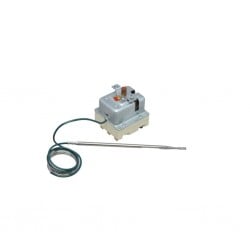Electrical components for espresso machines
The usage of electronics is starting to become more common nowadays, where there lever operated espresso machines didn’t had any electrical features. You would find a variety of new features installed, such as a level regulator to automatically fill the boiler to dosing devices. Nowadays it is not uncommon anymore that you can control your entire espresso machine with the push of a button.
Types of electrical components on espresso machines
Basically every part of a modern espresso machine requires some kind of electrical component. Then you need to think of contactors, capacitors, switches to the easier espresso machines which have been fitted with level regulators. To the most modern espresso machines which use electronic temperature control of the dual boiler systems. Below you will find a summarization of the various electronic components and their application.
Level regulators
The most common type electronic control unit on a espresso machine is the boiler level regulator, most of them are made by the Italian manufacturer Gicar. This type of unit detects the water level inside the boiler. when this level is too low the water inlet solenoid valve will open and the boiler will start to fill (the pump can also start to run). The level regulator is used in combination with a level probe, once the level is high enough the water inside the boiler will detect the probe and the water inlet valve will close automatically. This process will go on continuously.
Dosing device
A dosing device does sound like it is responsible for the volumetric dosing, which is true but it´s not the only thing it does. A dosing device normally is the central control CPU of the espresso machine. For the volumetric dosing of a espresso machine you need various components, such as a flowmeter and a touchpanel. Besides that it is responsible for the dosing of the individual brewing groups it also has the function of a level regulator
PID temperature controller
The electronically controlled temperature controller is one of the latest additions to the revolution of the espresso machine. Now as a barista, or home barista even, you can set the temperature of the brewing water temperature up to a decimal. In the boiler is a temperature probe installed, this measures the temperature of the water and displays it on the display of the Gicar unit or on the screen of your Cimbali M100 espresso machine.
Touchpanel
A touchpanel is one of the electronics which almost always require to work together with a flowmeter and a dosing device. This is not the case when you have a non volumetric espresso machine, but you can still have a touchpanel with a start and stop button.
There are 2 types of touchpanel, it doesn’t really mind if it is a volumetric or a non volumetric version.
Membrane touchpanel
The membrane touchpanel is a membrane which has various coffee options displayed on it, including the continuous key. With this type of touchpanel you push membrane button, which sends a signal to the dosing device.
Circuit board touchpanel/touchscreen
A circuit board touchpanel does work the same as the type of touchpanel above. But with these types of touchpanels there is a physical microswitch located on the circuit board. These are the most common models and most of htme are made by the Italian company Gicar. Touchscreens on espresso machines are something of the last few years, a good example of this is the La Cimbali M100 touch screen.
Capacitor
A capacitor is one of the supporting electronic parts on a espresso machine. This has to do that the motors which drive the espresso machine pumps are single phase. And a single phase motor does require a capacitor to start the motor.
The capacitor is not only used for espresso machine motors, but also for the motors for coffee grinders. This has to do that most coffee grinders are single phase. There are also coffee machines which run on 3 phase, so those don’t require a start capacitor.
Contactor
A contactor is quite a simple electronic device, it is basically a switch. But it is a electronically controlled switch. You can control a lot of amperage with just a signal from for instance a dosing device. You will see this for instance with La Cimbali and Rancilio espresso machines where they power the heating element true a contactor.
Switches and pilot lights
These two category are the more underrated categories of spare parts on a espresso machines, but they are quite important for the functioning of the machine. The pilot lights on coffee machines have various functions such as a heating element is activated or that the machine is on or off. These pilot lights are controlled by switches, this can be a simple rocker switch for a Rocket domestic espresso machine to a Bremas rotary switch.



